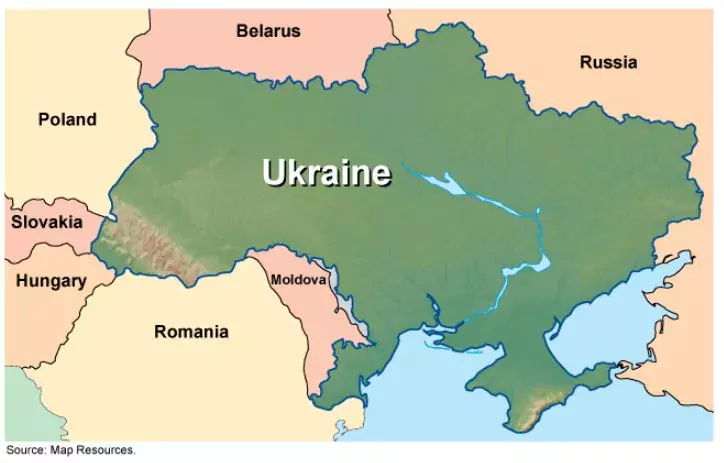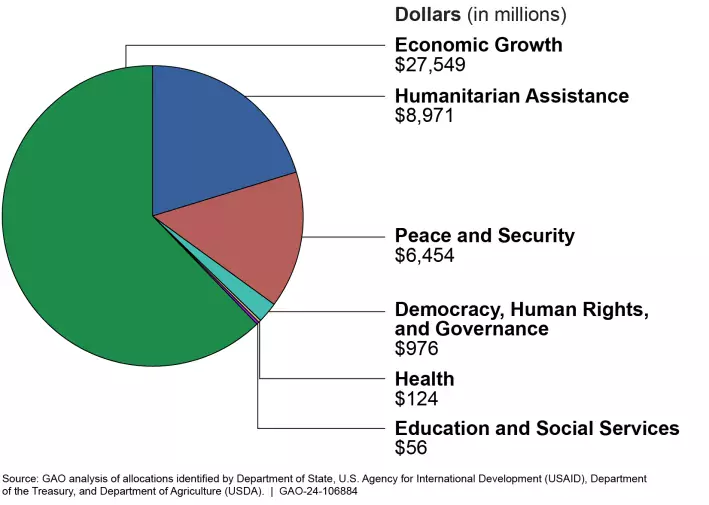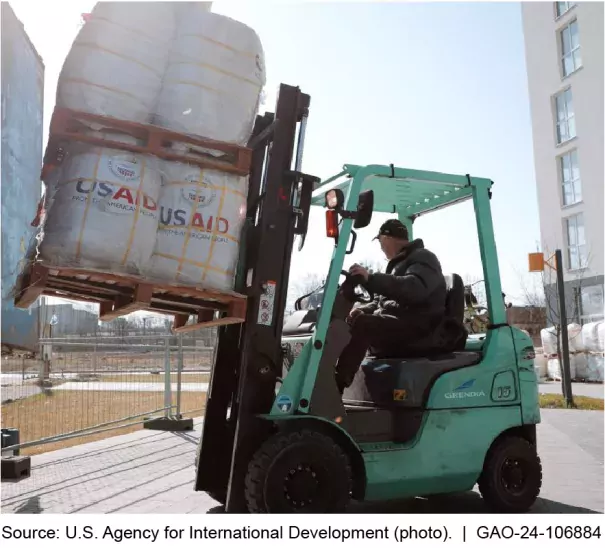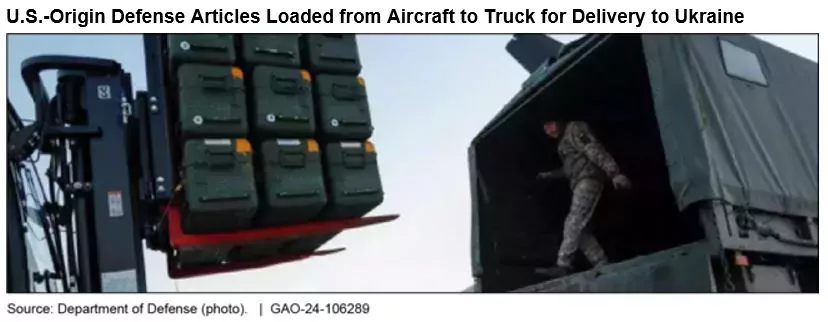What’s the Status of U.S. Assistance to Ukraine? Our First Reports on Oversight Efforts
The war in Ukraine has had devastating consequences—creating a humanitarian crisis, threatening Ukraine’s democracy, and exacerbating global challenges, such as food insecurity. Congress has approved $113 billion in response to the Ukraine crisis. Agencies also used other funds to address the crisis.
Beginning this month, we issued the first and second reports in a series responding to requests by Congress about this assistance and its oversight. Today’s WatchBlog post looks at our new reports on the $44 billion that four U.S. agencies have designated to address the economic and humanitarian crisis, and $42 billion in defense and security assistance.
Image

Foreign assistance—humanitarian and economic aid
The Departments of State (State), Agriculture (USDA), Treasury, and the U.S. Agency for International Development (USAID) have planned to spend $44 billion in foreign assistance. This funding was primarily aimed at addressing the economic and humanitarian needs of people affected by the Ukraine crisis. As of December, nearly $34 billion (or about 77%) of this funding was disbursed.
Funding was directed toward six categories of foreign assistance
Image

Economic assistance. More than half of these funds were for economic growth activities (about 62%). There was also funding to help those impacted directly by the war. For example, according to USAID, funding was used to benefit teachers and first responders, vulnerable and displaced individuals, and help Ukrainians survive the winter, among other things.
These activities also included projects in agriculture, transportation, and modernizing energy services. For example, agricultural funding was allocated primarily to address global food insecurity exacerbated by the war. While some of this funding was designated for Ukraine’s agricultural sector, more than 40 countries in every region of the world received some assistance to help address the agricultural impacts of the war.
Humanitarian assistance. Humanitarian assistance is generally intended to save lives, alleviate suffering, and minimize the costs of conflicts. Since February 2022 (a month after the Russian invasion), the United States has directed about $9 billion for humanitarian assistance to Ukraine and other countries affected. This includes funding for countries—such as Poland and Romania—that are hosting Ukrainian refugees. The war in Ukraine also affected other humanitarian crises, such as by increasing the price of food. U.S. agencies provided $6 billion to address these other global crises affected by the war in Ukraine.
Food Deliveries in Ukraine
Image

The remaining funds were divided between efforts addressing peace and security; health; education and social services; and democracy, human rights, and governance.
While we’ve provided some details above and in our new report about funding, we found that the Department of State—which is tasked with tracking this funding—faced challenges in providing the status of this foreign assistance. State did not have a systematic, comprehensive approach for categorizing and separately tracking the status of assistance specifically in response to the crisis in Ukraine. Having this information would better position State and U.S. policymakers to ensure accountability of this funding and make informed decisions about future resource needs. As a result, we recommended State implement a process to better track this funding.
Two key defense and security assistance programs, $42 billion
Our first report on U.S. assistance to Ukraine looked at $42 billion in security assistance provided under two programs:
- The Presidential Drawdown Authority, which allows the U.S. president to transfer items that are available in U.S. stockpiles
- The Ukraine Security Assistance Initiative, which allows the U.S. government to provide equipment and services to Ukraine
These funds do not represent the entirety of U.S. security and defense assistance, but DOD has used them to provide the majority of defense items and services to support Ukraine’s security efforts.
Image

The Department of Defense has established new entities to deliver an unprecedented volume of defense articles to Ukraine in condensed time frames. But these efforts—providing items halfway across the world and into a war zone—are not without their challenges.
In our new report, we found that DOD doesn't have clear guidance for tracking equipment deliveries, and its delivery data may not be accurate. And while DOD modified its monitoring of equipment to address challenges in the ongoing conflict, it hasn’t assessed whether the revised policy sufficiently guards against equipment loss or misuse. We made recommendations to improve DOD’s efforts to ensure that U.S.-origin equipment is being tracked and used appropriately in Ukraine.
Listen to our podcast with GAO’s Chelsa Kenney to learn more about this security assistance and DOD’s efforts to oversee it.
Learn more about our work on Ukraine by checking out these two recent reports on economic and humanitarian assistance and defense and security assistance. We are also collaborating with other entities—the Inspectors General for the U.S. Department of Defense, U.S. Department of State, and U.S. Agency for International Development, and others in the oversight community—on overseeing assistance to Ukraine. Along with our partners, we launched a website to provide the public with information about these efforts, www.UkraineOversight.gov. This new, collaborative website focuses on the whole-of-government effort to oversee U.S. security, economic, humanitarian, and other assistance to Ukraine.
- GAO’s fact-based, nonpartisan information helps Congress and federal agencies improve government. The WatchBlog lets us contextualize GAO’s work a little more for the public. Check out more of our posts at GAO.gov/blog.
GAO Contacts
Related Products

GAO's mission is to provide Congress with fact-based, nonpartisan information that can help improve federal government performance and ensure accountability for the benefit of the American people. GAO launched its WatchBlog in January, 2014, as part of its continuing effort to reach its audiences—Congress and the American people—where they are currently looking for information.
The blog format allows GAO to provide a little more context about its work than it can offer on its other social media platforms. Posts will tie GAO work to current events and the news; show how GAO’s work is affecting agencies or legislation; highlight reports, testimonies, and issue areas where GAO does work; and provide information about GAO itself, among other things.
Please send any feedback on GAO's WatchBlog to blog@gao.gov.





